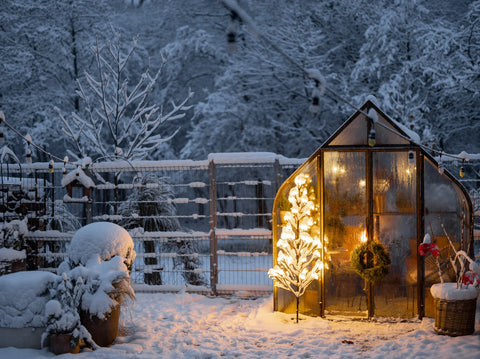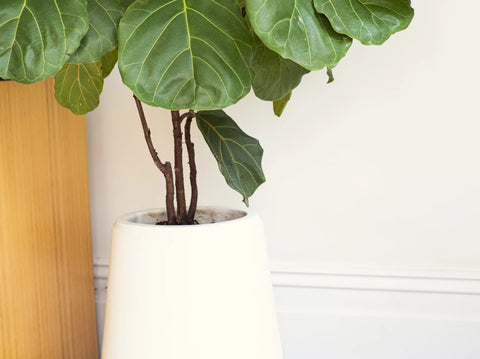Simple Steps to Safeguard Your Plants from Unexpected Frost and Cold Snaps
1. Cover Up:
- Blankets and Frost Cloths: When a frost is forecasted, drape blankets, burlap, or frost cloths over vulnerable plants. Make sure the cover extends to the ground to trap heat effectively.
- Remove Covers in the Morning: Don't forget to remove the covers once the temperature rises the next day to prevent overheating.
2. Mulch Matters:
- Insulating Layer: Apply a thick layer of mulch around the base of your plants. Mulch acts like a cozy blanket, keeping the soil and roots warm.
- Materials: Use organic materials like straw, leaves, or wood chips for effective insulation.
3. Water Wisely:
- Water Before a Freeze: Water your plants the day before a cold snap. Moist soil holds heat better than dry soil, providing extra warmth around the roots.
- Avoid Overwatering: Ensure proper drainage to prevent root rot in soggy conditions.
4. Bring Potted Plants Indoors:
- Portable Protection: If possible, move potted plants indoors or into a garage or shed when frost is imminent.
- Grouping for Warmth: Group potted plants together outside in a sheltered spot. Huddling them together helps retain heat.
5. Wind Barriers:
- Shield from Cold Winds: Set up burlap screens or use existing structures to protect plants from harsh winds, which can exacerbate the effects of cold temperatures.
6. Pruning and Care:
- Hold Off on Pruning: Avoid heavy pruning in the fall as this can stimulate new growth that is vulnerable to frost damage.
- Care for Frost-Damaged Plants: If a plant does get frostbitten, resist the urge to prune the damaged parts until spring. The damaged areas can actually protect the rest of the plant from further frost.
Wrap-Up: Frost-Proofing Your Garden
With these easy steps, you can protect your plants from frost and cold snaps, ensuring they stay healthy and ready to burst into life when spring arrives. Remember, a little effort in the winter can lead to a lush, thriving garden in the warmer months.
For more winter gardening tips and a range of hardy plants that can withstand the cold, visit Simply Trees. We’re here to help you keep your garden gorgeous, no matter the weather. Happy winter gardening!


